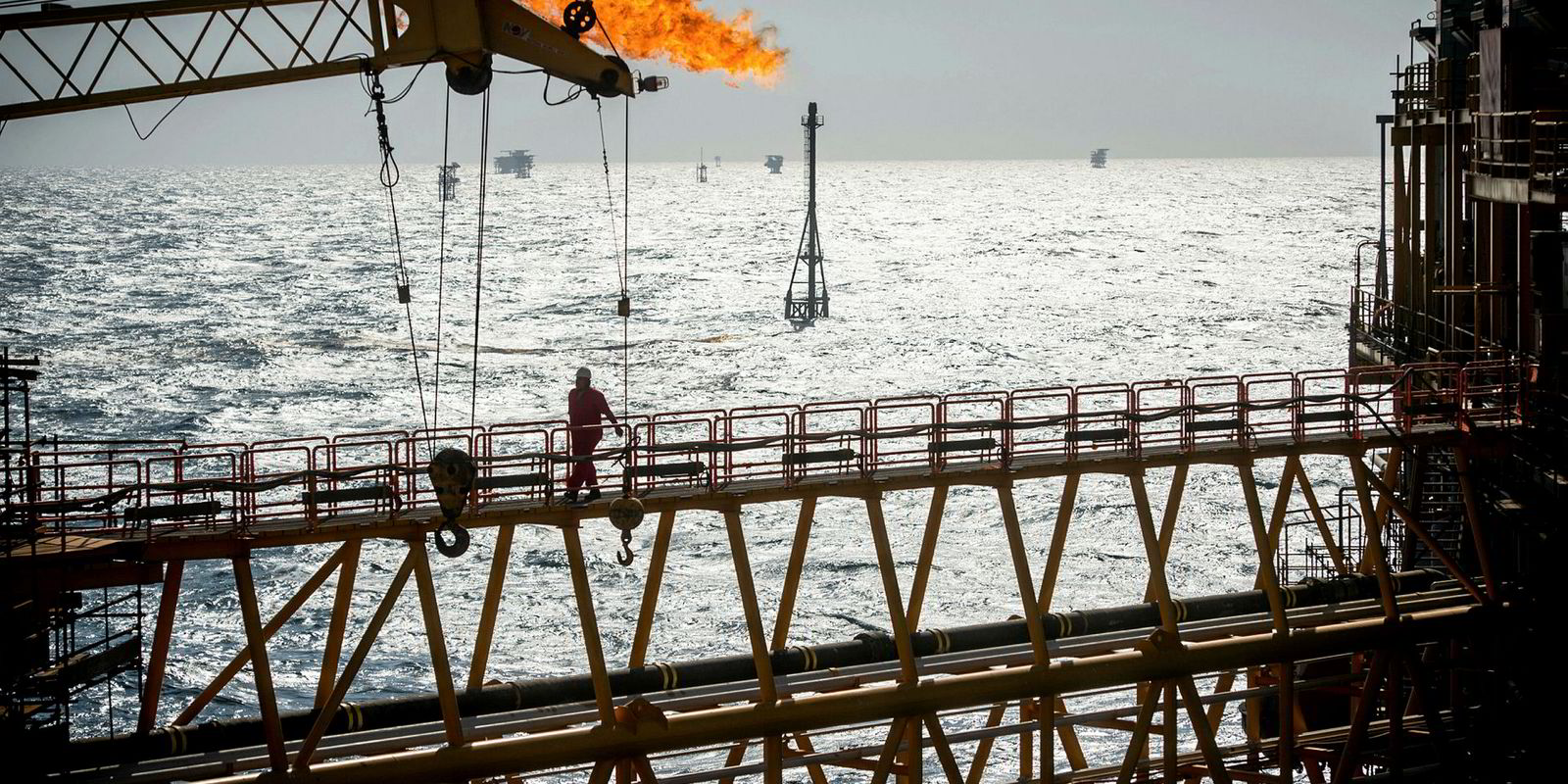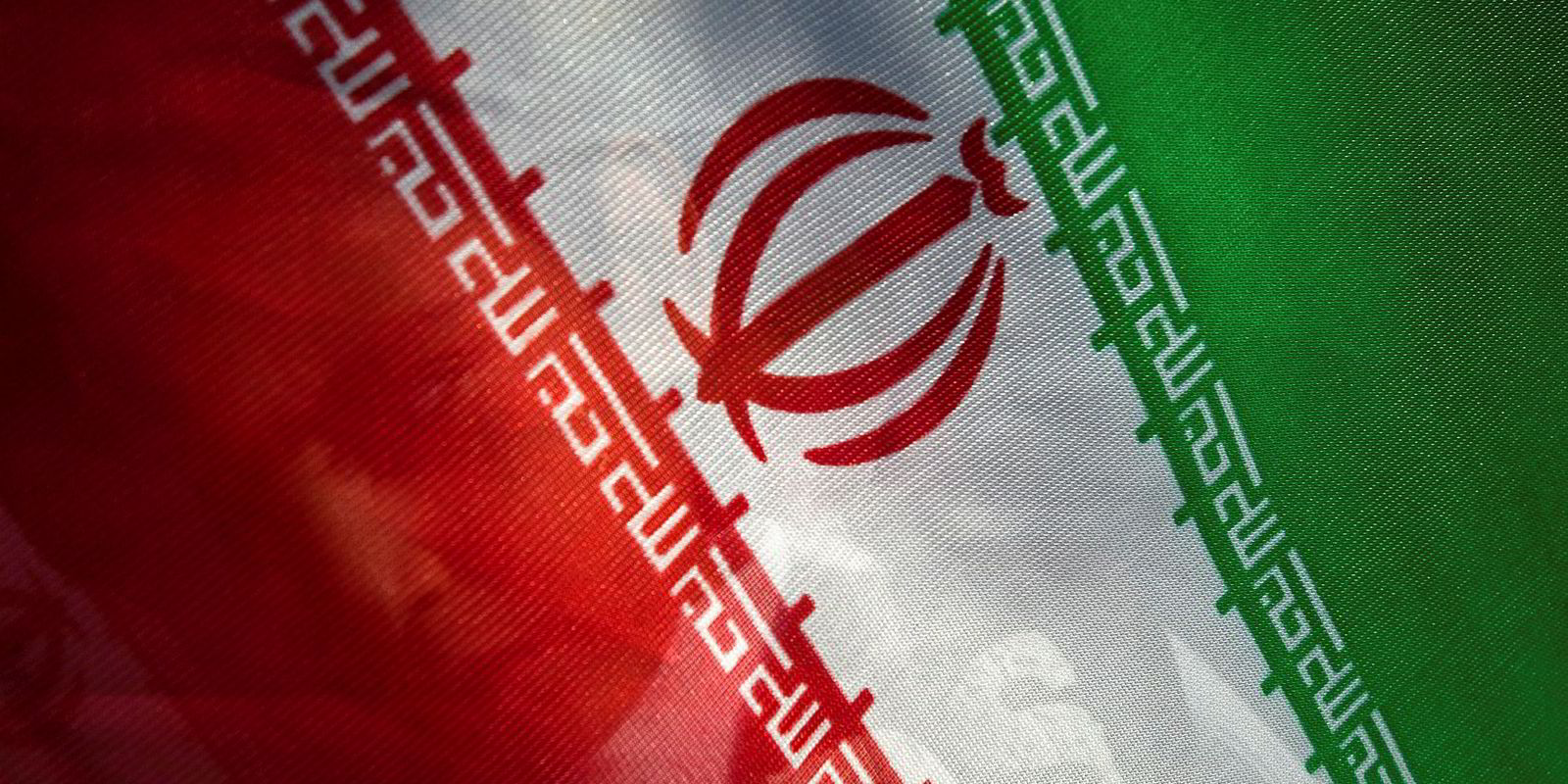Iranian crude exports are expected to recover this month after dropping to three-year lows in November, throwing another wildcard into the tanker markets with potential floating storage demand.
As the US granted waivers to only eight countries when its sanctions against Iranian oil exports came into force on 5 November, Tehran’s export programme last month was marred by buyers’ hesitance in committing to lifting cargoes.
According to Bloomberg data, Iranian crude exports dropped to one million barrels per day (bpd) in November, the lowest since 2015 and down 36.3% from October. At least 600,000 bpd were exported to China and 200,000 bpd to India.
Recovery on the horizon?
Figures from Kpler also suggest exports fell to one million bpd, compared with an average of 2.7 million bpd from April to June.
However, as the countries that received six-month waivers have had time to arrange purchases, some analysts point out that Iran could see a recovery in overseas crude sales in the coming months.
“We expect to see a rebound in December. Buying has restarted again for the eight countries that received waivers,” ClipperData commodity research director Matt Smith said.
On the surface, more Iranian exports have little implication for the wider tanker market.
National Iranian Tanker Co, which has 54 tankers totalling 13.6 million dwt, has become the sole shipper of Iranian crude since November, according to VesselsValue.
Despite the waivers, overseas owners have generally shied away from Iranian liftings, for fear of falling foul of stringent US sanctions and facing difficulty in obtaining sufficient insurance coverage.
In terms of tonne miles, more Iranian barrels will not have much impact, as those buyers are likely to cut purchases elsewhere in the Middle East, according to Bimco chief shipping analyst Peter Sand.
‘Limited real-life effect’
“Recovery [in Iranian exports] or not, [there is] limited real-life effect on the tanker market,” he said.
However, others hold different views. Secondary sources at Opec, of which Iran is a member, said the country’s crude production fell to nearly 3.3 million bpd in October from 3.82 million bpd in the second quarter — a fall much less severe than the drop in its exports.
Given the export prospects, Iran may maintain production levels, which Ralph Leszczynski, Banchero Costa’s head of research, said could lead to more floating storage demand.





